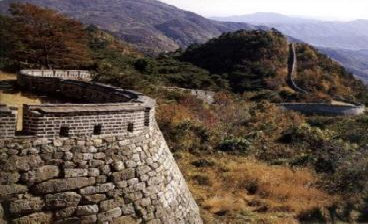Namhansanseong Fortress Stood Tall In The Face of Invasions!
Namhansanseong Fortress is one of the many palaces and forts attractions that you should visit. Temples, national parks, valleys, waterfalls, beaches, lakes, hot springs, cultural villages and castles are major attractions of South Korea. Castles and fortresses bear testimony to a tumultuous history of Korea. The forts and palaces unfold the past.
The five thousand yeas old history of Korea, with castles and fortresses scattered around the countryside beckons travelers. Although most of the castles and forts lay in ruins, the surviving ones are found in the vicinity of Seoul, the capital city and ideal gateway to the Korean peninsula.

History shows that Korea has survived almost 900 invasions. The fortresses were built to guard the people against external invasions. The first fortifications made of mud and timber can be traced back to around 2 B.C. As technology became more advanced, new techniques were applied in the building of castles.
Namhansanseong Fortress in South Korea located in Seongnam in Gyeonggi Province is a major tourist attraction. You can catch amazing views of the pine trees beautifying the mountain slopes. You can see the past unfolding before you with a fleet of soldiers marching up the steep inclines.
Namhansanseong Fortress Back to Palaces and Forts





